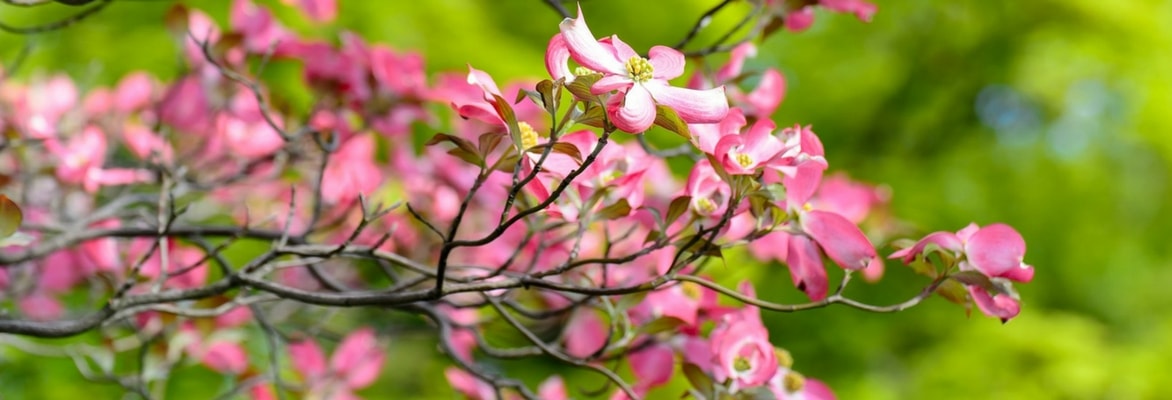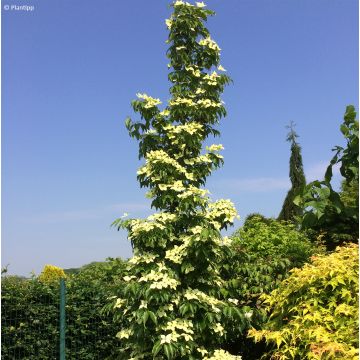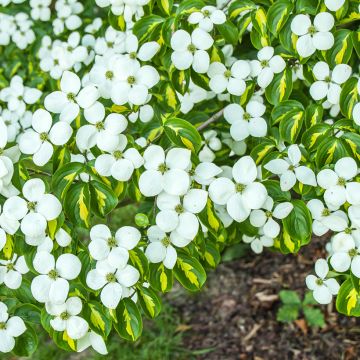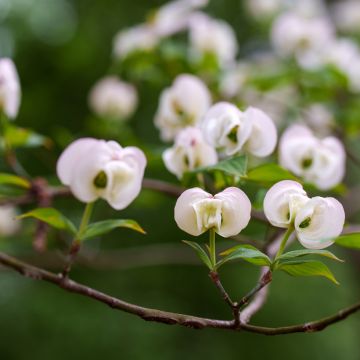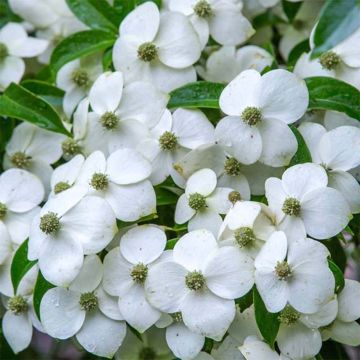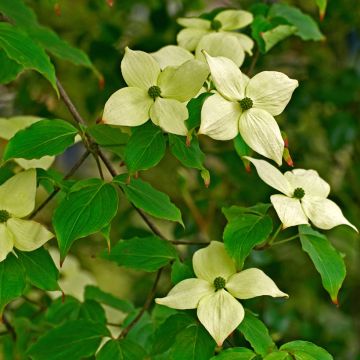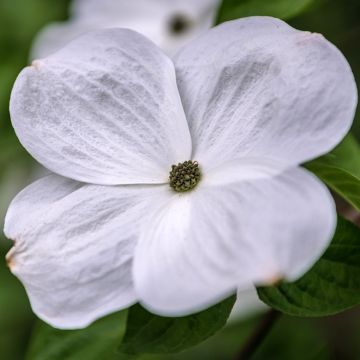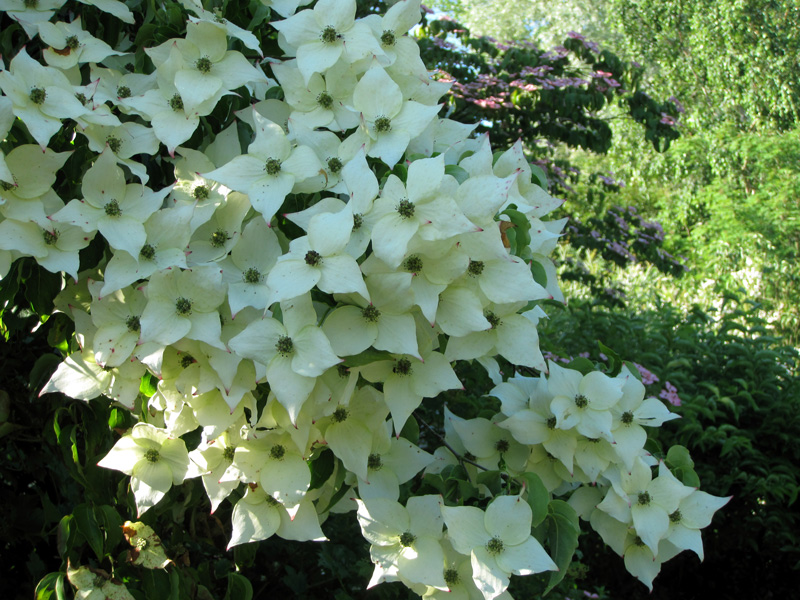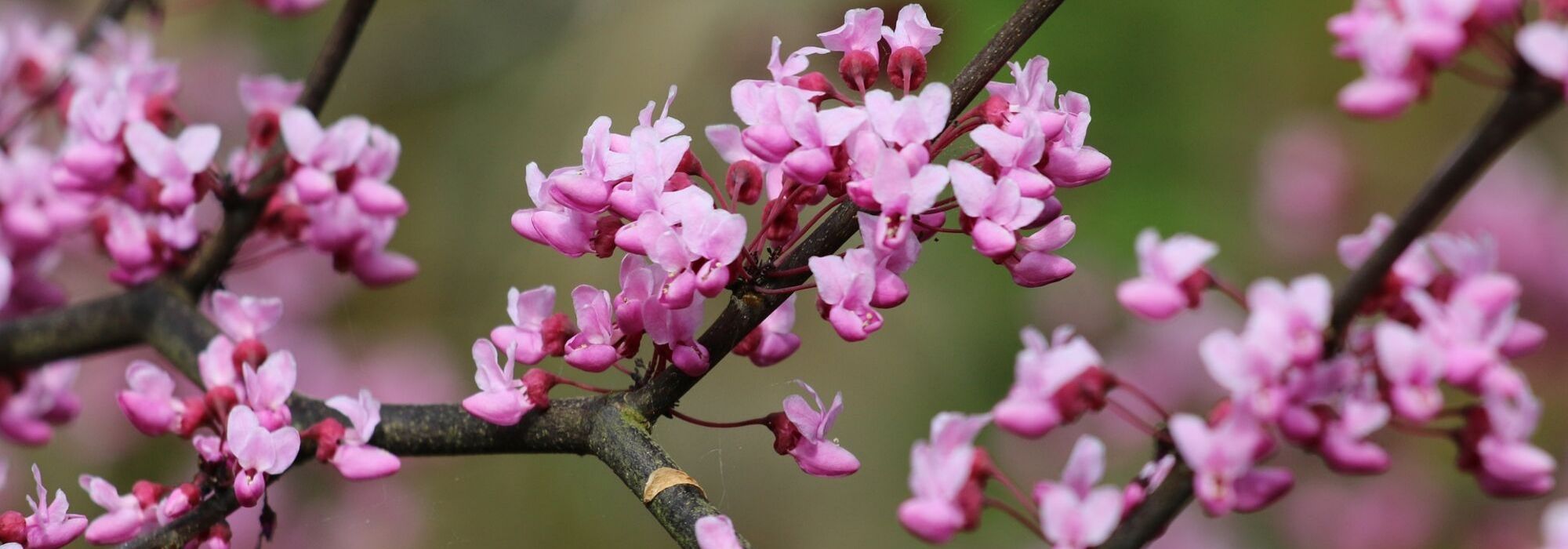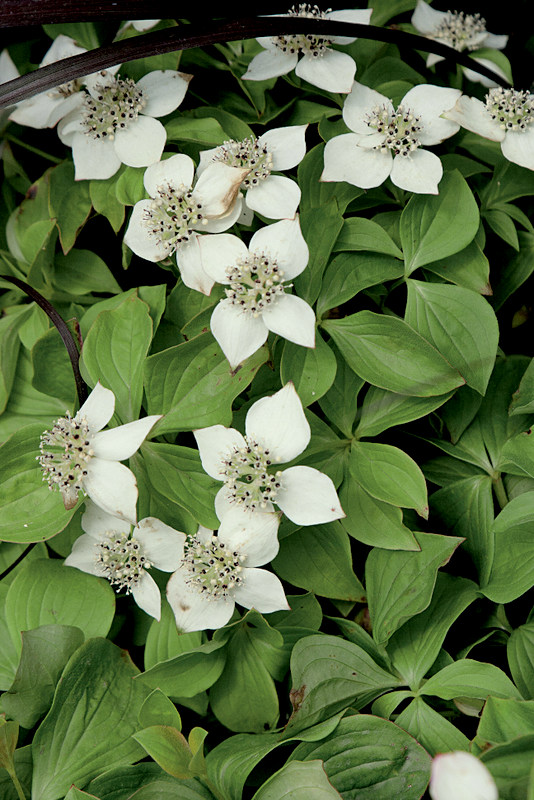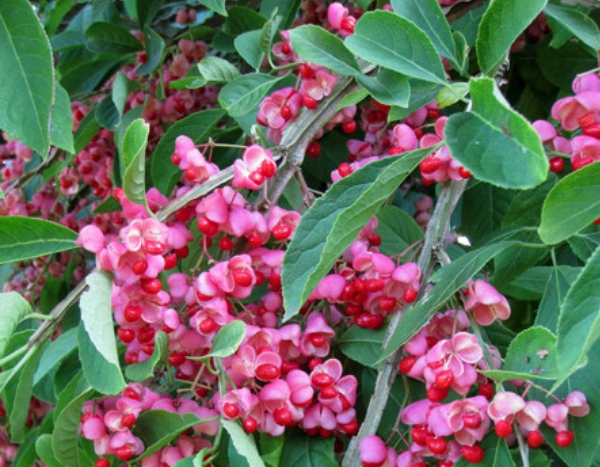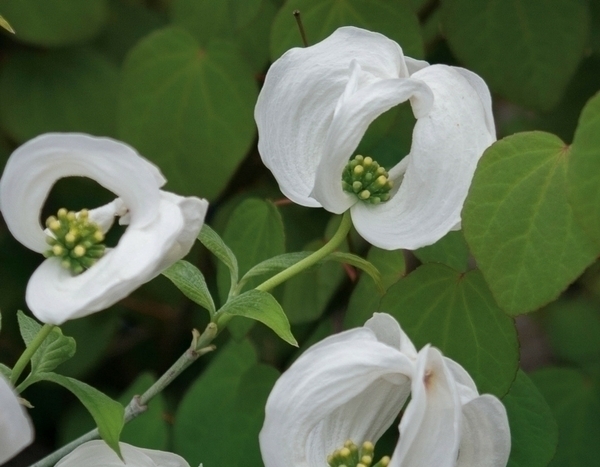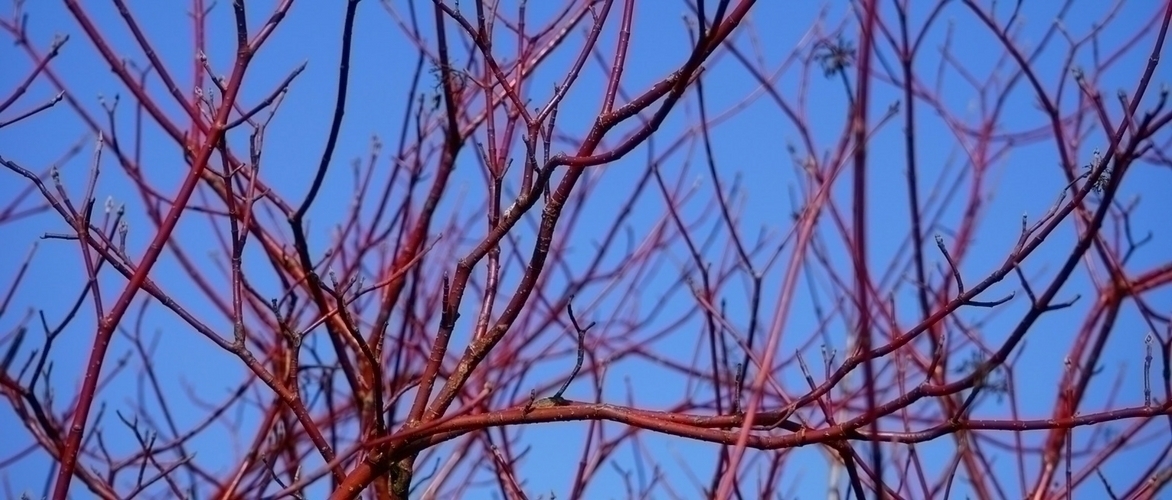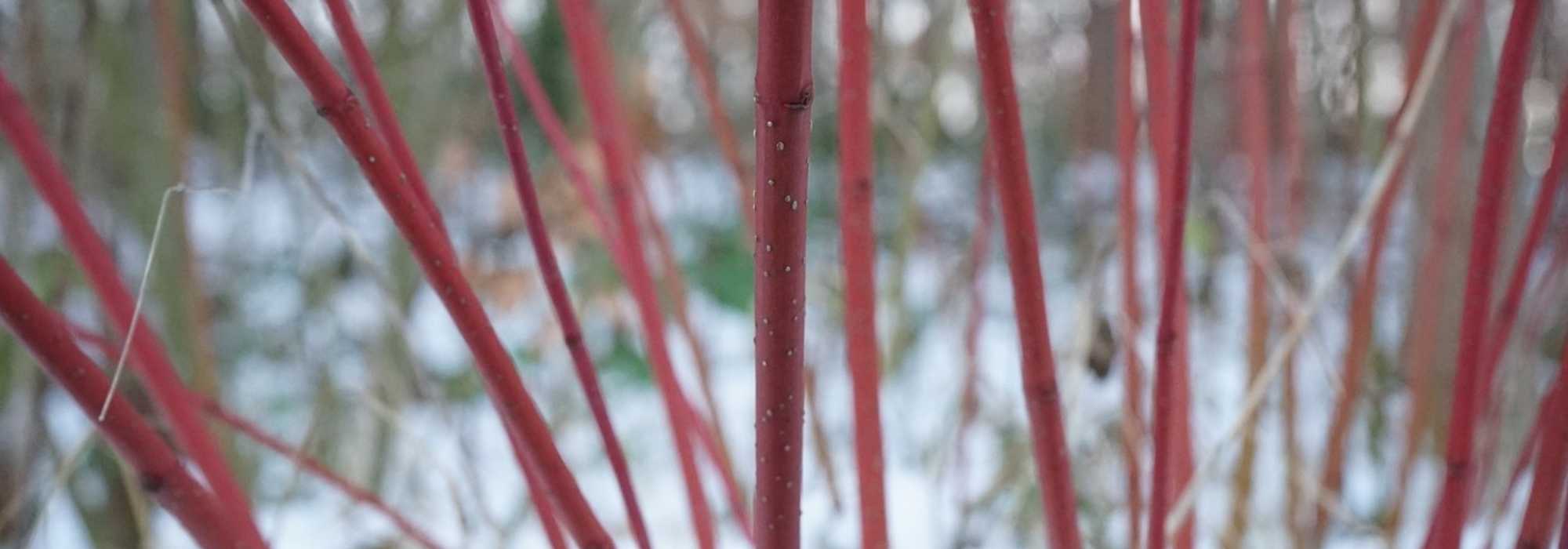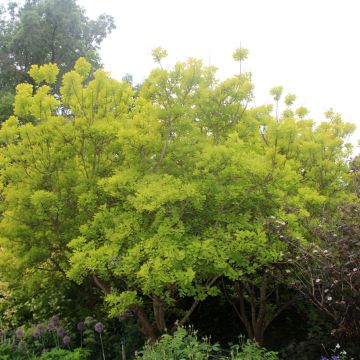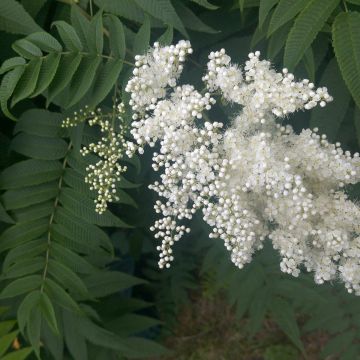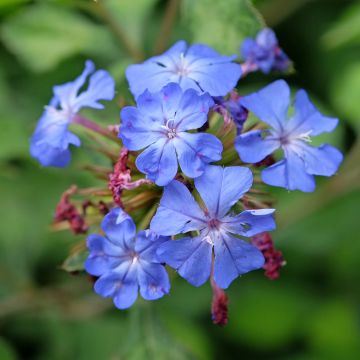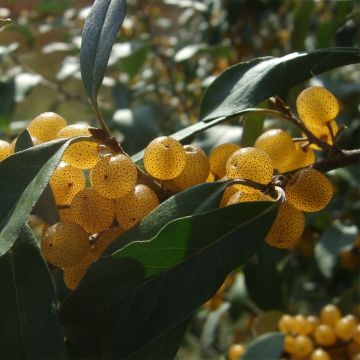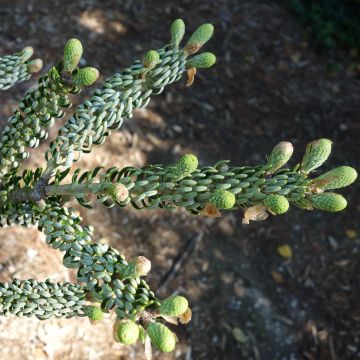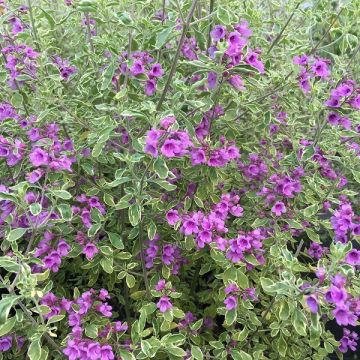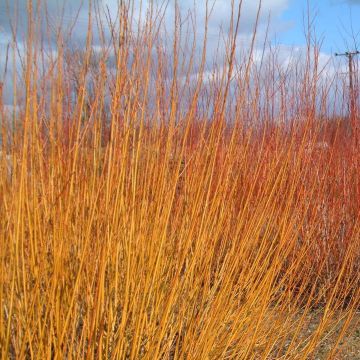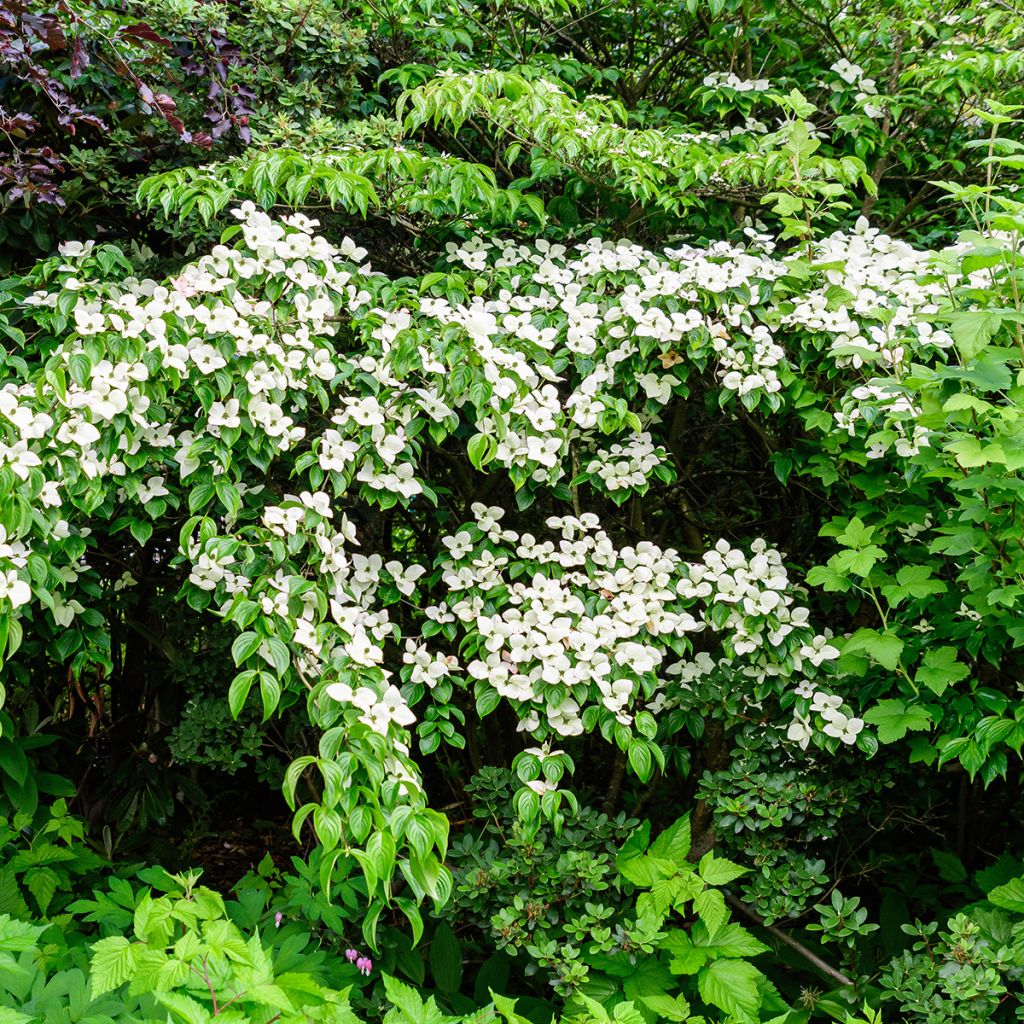

Cornus kousa Weavers Weeping - Flowering Dogwood
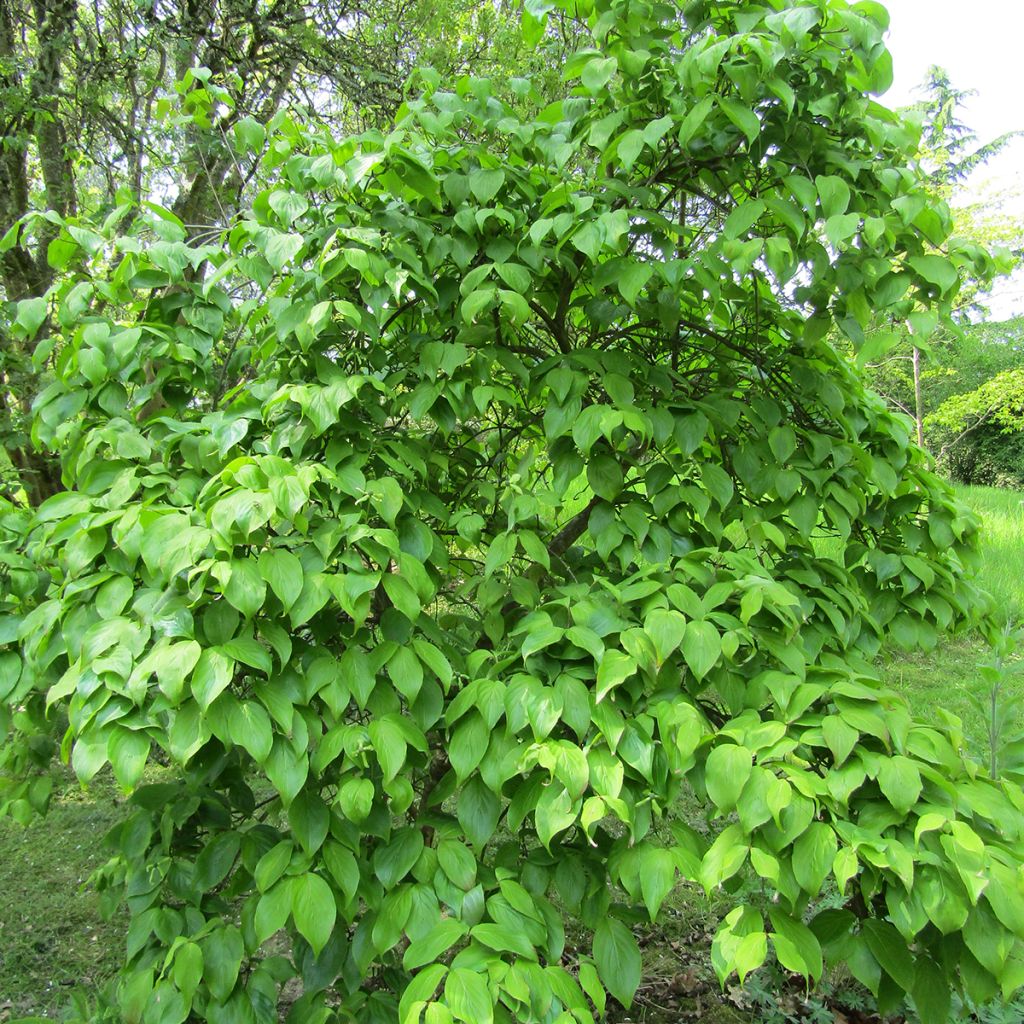

Cornus kousa Weavers Weeping - Flowering Dogwood
Cornus kousa Weavers Weeping - Flowering Dogwood
Cornus kousa Weaver's Weeping
Kousa Dogwood, Japanese Dogwood, Chinese Dogwood
Special offer!
Receive a €20 voucher for any order over €90 (excluding delivery costs, credit notes, and plastic-free options)!
1- Add your favorite plants to your cart.
2- Once you have reached €90, confirm your order (you can even choose the delivery date!).
3- As soon as your order is shipped, you will receive an email containing your voucher code, valid for 3 months (90 days).
Your voucher is unique and can only be used once, for any order with a minimum value of €20, excluding delivery costs.
Can be combined with other current offers, non-divisible and non-refundable.
Home or relay delivery (depending on size and destination)
Schedule delivery date,
and select date in basket
This plant carries a 24 months recovery warranty
More information
We guarantee the quality of our plants for a full growing cycle, and will replace at our expense any plant that fails to recover under normal climatic and planting conditions.
Would this plant suit my garden?
Set up your Plantfit profile →
Description
Cornus kousa 'Weaver's Weeping' is a weeping selection of Japanese dogwood. Over time, it forms a dome of vegetation as wide as it is tall, made up of gracefully arching branches that cascade to the ground. In spring, the foliage serves as a backdrop for the white flowering in the form of small, highly decorative four-branched stars. These develop into red-pink fruits. These large berries resemble strawberries and decorate the foliage in late summer. When autumn arrives, the foliage takes on stunning purple-red hues. Very hardy and less demanding to grow than its cousin, C. florida, this beautiful shrub undoubtedly deserves a prominent place in the garden.
Dogwood belongs to the relatively obscure Cornaceae family, which, after several revisions of botanical classification, now only includes the genera Cornus and Alangium. In nature, Cornus kousa is a tree of small stature or a large bush, growing in Japan, China, and Korea. Its sculptural silhouette, formed by generally tiered and horizontal branches, gives it a Japanese look. Numerous cultivars (cultivated varieties) have been selected, much to the delight of gardeners.
'Weaver's Weeping' is an original form with a weeping habit, which combines the advantages of Japanese dogwoods with unusual architecture. With relatively slow growth, this shrub eventually reaches a height of about 2.5m (8ft), sometimes 3m (10ft), at maturity, and spreads as wide, if not wider. Its flexible branches gracefully arch to form an irregular dome, with a relatively natural appearance despite its horticultural origin. The dense vegetation consists of opposite leaves, ovate to elliptical in shape with pointed tips, measuring 8 to 10cm (3 to 4in) in length. The leaf blade is a deep green with a slightly glossy surface and prominent veins.
From May to June, it bears beautiful inflorescences, which are typical of the species. They consist of a true central flower, spherical and green in colour, surrounded by four white bracts. Bracts are transformed leaves from a botanical point of view, but are often mistaken for petals. Slightly smaller than those of other varieties, measuring 6 to 8cm (2 to 3in) in diameter, these "flowers" have an irresistibly airy grace and are highly valued by enthusiasts. The true flowers turn into fruits that give this shrub the nickname "strawberry tree". These edible berries are quite decorative in late summer. As cold weather approaches, the plant offers a magnificent spectacle. The foliage gradually turns shades of red and purple.
Cornus kousa 'Weaver's Weeping' thrives in continental climates with distinct summers and winters, but also performs well in milder zones. Its great ornamental qualities fully justify planting it as a specimen on a lawn, where it will add life throughout the summer season. It will also be just as well-suited to a mixed border. Simply make sure to give it enough space to grow freely without being overtaken by faster-growing plants. Surround it with low-growing plants, which will also highlight its beautiful silhouette. If you plant it in partial shade, you can also plant Sarcococca at its base, a charming shrub with dark green evergreen foliage and deliciously fragrant winter white flowers. Fothergilla gardenii will take over with its white bottlebrush-like flowers blooming in April-May and its foliage turning warm autumnal colours. For summer, Hydrangea macrophylla 'Julisa' with large carmine-red flower heads, will provide a spectacle, and its purple foliage in spring will create a nice contrast with the dogwood's green.
Cornus kousa Weavers Weeping - Flowering Dogwood in pictures


Plant habit
Flowering
Foliage
Botanical data
Cornus
kousa
Weaver's Weeping
Cormaceae
Kousa Dogwood, Japanese Dogwood, Chinese Dogwood
Cultivar or hybrid
Other Flowering Dogwood
View all →Planting and care
This Japanese dogwood appreciates deep, fertile, well-drained soils, with a tendency towards acidity or neutrality. It tolerates the presence of a little limestone in the soil (it is not truly a heathland plant, which is much too poor and dries out quickly). It greatly appreciates the thick humus of deciduous undergrowth. It accepts clay soils provided it is protected from excessive moisture, especially in winter. Choose a sunny location for it in cooler regions, while in warmer regions, it should be planted in a sheltered spot away from scorching sunlight. Plant it in a deep hole lined with clay balls, coarse sand, or gravel to ensure good drainage, if necessary, in compact soil. Any good, balanced and loose garden soil suits it. At planting, add compost and leaf soil. Mulching with pine bark will help maintain moisture in summer and promote soil acidity.
Pruning is not obligatory, but can be done at the end of winter to remove diseased or dead wood. You can also remove any branches that are growing upright to maintain an attractive weeping habit. During the first two years after planting, watering should be regular in summer; thereafter, it generally manages on its own.
Planting period
Intended location
Care
Planting & care advice
This item has not been reviewed yet - be the first to leave a review about it.
Similar products
Haven't found what you were looking for?
Hardiness is the lowest winter temperature a plant can endure without suffering serious damage or even dying. However, hardiness is affected by location (a sheltered area, such as a patio), protection (winter cover) and soil type (hardiness is improved by well-drained soil).

Photo Sharing Terms & Conditions
In order to encourage gardeners to interact and share their experiences, Promesse de fleurs offers various media enabling content to be uploaded onto its Site - in particular via the ‘Photo sharing’ module.
The User agrees to refrain from:
- Posting any content that is illegal, prejudicial, insulting, racist, inciteful to hatred, revisionist, contrary to public decency, that infringes on privacy or on the privacy rights of third parties, in particular the publicity rights of persons and goods, intellectual property rights, or the right to privacy.
- Submitting content on behalf of a third party;
- Impersonate the identity of a third party and/or publish any personal information about a third party;
In general, the User undertakes to refrain from any unethical behaviour.
All Content (in particular text, comments, files, images, photos, videos, creative works, etc.), which may be subject to property or intellectual property rights, image or other private rights, shall remain the property of the User, subject to the limited rights granted by the terms of the licence granted by Promesse de fleurs as stated below. Users are at liberty to publish or not to publish such Content on the Site, notably via the ‘Photo Sharing’ facility, and accept that this Content shall be made public and freely accessible, notably on the Internet.
Users further acknowledge, undertake to have ,and guarantee that they hold all necessary rights and permissions to publish such material on the Site, in particular with regard to the legislation in force pertaining to any privacy, property, intellectual property, image, or contractual rights, or rights of any other nature. By publishing such Content on the Site, Users acknowledge accepting full liability as publishers of the Content within the meaning of the law, and grant Promesse de fleurs, free of charge, an inclusive, worldwide licence for the said Content for the entire duration of its publication, including all reproduction, representation, up/downloading, displaying, performing, transmission, and storage rights.
Users also grant permission for their name to be linked to the Content and accept that this link may not always be made available.
By engaging in posting material, Users consent to their Content becoming automatically accessible on the Internet, in particular on other sites and/or blogs and/or web pages of the Promesse de fleurs site, including in particular social pages and the Promesse de fleurs catalogue.
Users may secure the removal of entrusted content free of charge by issuing a simple request via our contact form.
The flowering period indicated on our website applies to countries and regions located in USDA zone 8 (France, the United Kingdom, Ireland, the Netherlands, etc.)
It will vary according to where you live:
- In zones 9 to 10 (Italy, Spain, Greece, etc.), flowering will occur about 2 to 4 weeks earlier.
- In zones 6 to 7 (Germany, Poland, Slovenia, and lower mountainous regions), flowering will be delayed by 2 to 3 weeks.
- In zone 5 (Central Europe, Scandinavia), blooming will be delayed by 3 to 5 weeks.
In temperate climates, pruning of spring-flowering shrubs (forsythia, spireas, etc.) should be done just after flowering.
Pruning of summer-flowering shrubs (Indian Lilac, Perovskia, etc.) can be done in winter or spring.
In cold regions as well as with frost-sensitive plants, avoid pruning too early when severe frosts may still occur.
The planting period indicated on our website applies to countries and regions located in USDA zone 8 (France, United Kingdom, Ireland, Netherlands).
It will vary according to where you live:
- In Mediterranean zones (Marseille, Madrid, Milan, etc.), autumn and winter are the best planting periods.
- In continental zones (Strasbourg, Munich, Vienna, etc.), delay planting by 2 to 3 weeks in spring and bring it forward by 2 to 4 weeks in autumn.
- In mountainous regions (the Alps, Pyrenees, Carpathians, etc.), it is best to plant in late spring (May-June) or late summer (August-September).
The harvesting period indicated on our website applies to countries and regions in USDA zone 8 (France, England, Ireland, the Netherlands).
In colder areas (Scandinavia, Poland, Austria...) fruit and vegetable harvests are likely to be delayed by 3-4 weeks.
In warmer areas (Italy, Spain, Greece, etc.), harvesting will probably take place earlier, depending on weather conditions.
The sowing periods indicated on our website apply to countries and regions within USDA Zone 8 (France, UK, Ireland, Netherlands).
In colder areas (Scandinavia, Poland, Austria...), delay any outdoor sowing by 3-4 weeks, or sow under glass.
In warmer climes (Italy, Spain, Greece, etc.), bring outdoor sowing forward by a few weeks.






























